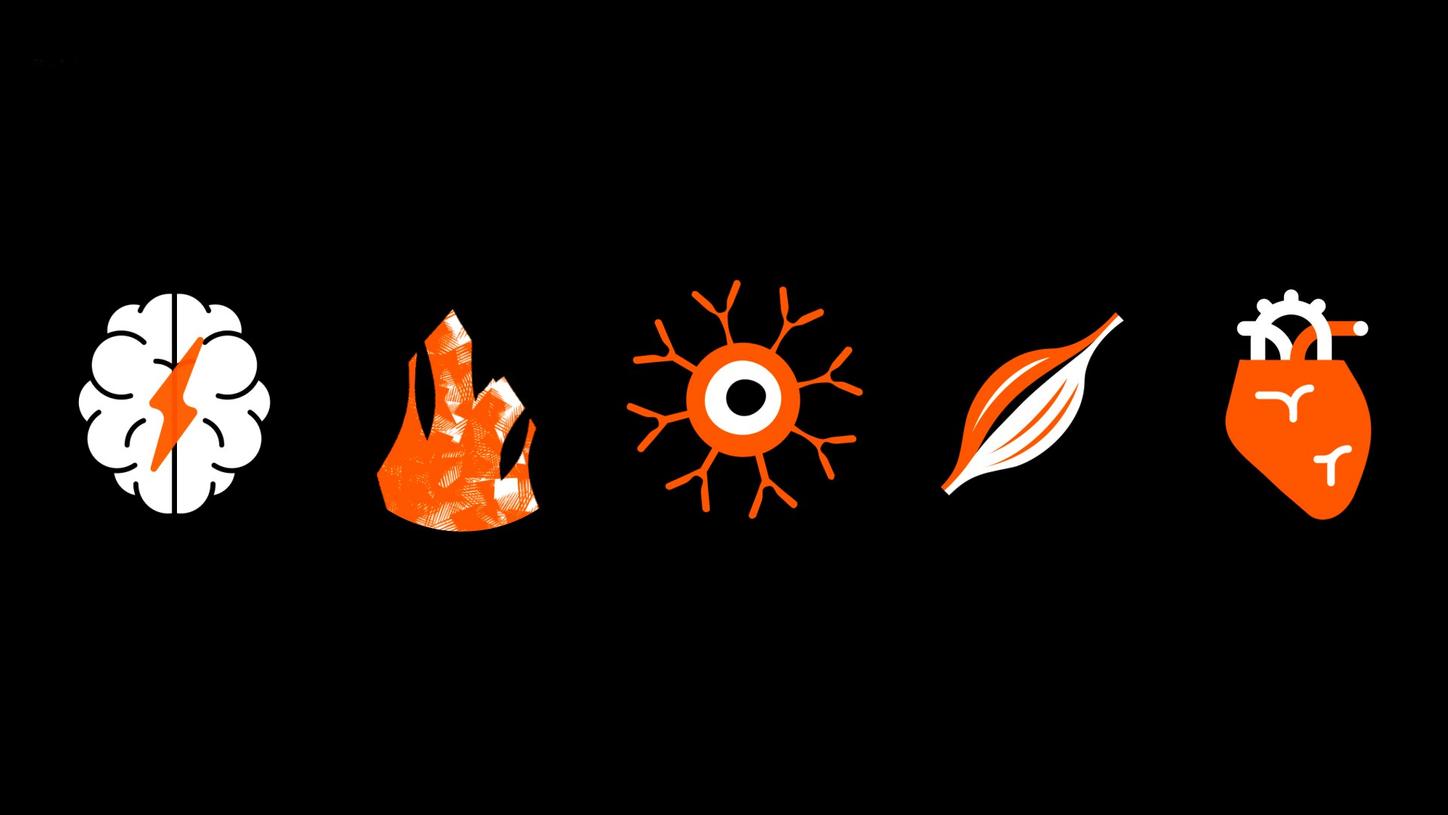Startseite
- Perspektiven
- Wer klopft denn da?
Wer klopft denn da?
Die MRT-Technologie ist eine der großen Errungenschaften der Medizintechnik - entdecken Sie 12 Dinge, die kaum bekannt sind.
Die Magnetresonanztomographie ist seit Jahren Teil des medizinischen Alltags. Die großen Röhren erzeugen faszinierende Bilder. Kein Wunder, dass die MRT als Krone der Diagnostik gilt. Wie genau funktioniert die MRT, und was ist das Besondere an ihr? Eine Annäherung in zwölf Fragen.
1) Was macht die MRT?
Zu den Hauptanwendungsgebieten der MRT gehören die Darstellung des Gehirns, von Entzündungen, Krebs, Muskeln und Gelenken, Blutgefäßen und des Herzens.

2) Wofür lässt sich die MRT einsetzen? Und wofür nicht?
3) Ist die MRT besser oder schlechter als die Computertomographie?
4) Wie ist das bei der MRT mit dem Kontrastmittel?
Wenn man einen Menschen in das extrem starke Magnetfeld eines MRT-Gerätes legt, richten sich die Wasserstoffkerne mit ihren Mini-Magnetfeldern an den Magnetfeldern des MRT aus und drehen sich im Gleichschritt.

5) Wie entsteht so ein MRT-Bild denn genau?
Ein MRT ist aufgebaut wie eine russische Puppe: Die supraleitende Magnetspule befindet sich ganz außen im MRT-Gerät. Dann kommen die Gradientenspulen. Und im Inneren befinden sich die Körperspulen.

6) Geht das noch genauer?
7) Und daraus entstehen dann die präzisen Bilder?
Ein 3-Tesla-MRT-Gerät erzeugt ein Magnetfeld, das etwa sechzigtausendmal stärker ist als das der Erde.

8) Wie stark sind diese MRT-Magneten? Und ist das nicht gefährlich?
9) Gibt es Patienten, die keine MRT bekommen können?
10) Stichwort Klaustrophobie: Warum müssen diese Röhren so eng sein?
Mit den Magnetspulen, dem Kühlsystem und allen Einrichtungen, die zur Stabilisierung der Maschine erforderlich sind, wiegt ein Scanner schließlich zwischen sechs und sieben Tonnen.

11) Müssen MRT-Geräte eigentlich immer im Keller stehen?
Kernspintomographen machen durchaus Lärm. Je nach Gerät und verwendeter Sequenz kann der Lärm leicht Flugzeuglautstärken erreichen.

12) Letzte Frage: Eine MRT-Untersuchung kann enorm laut sein. Es sägt und knarzt, und manchmal gibt es eine Art Klopfen, wie bei einem Wäschetrockner, der ungleichmäßig beladen ist. Warum ist das so?
Diese Seite teilen
Philipp Grätzel von Grätz lebt und arbeitet als freiberuflicher Medizinjournalist in Berlin. Seine Spezialgebiete sind Digitalisierung, Technik und Herz-Kreislauf-Therapie.
The statements by Siemens Healthineers customers described herein are based on results that were achieved in the customer’s unique setting. Since there is no “typical” hospital and many variables exist (e.g., hospital size, case mix, level of IT adoption) there can be no guarantee that other customers will achieve the same results.









